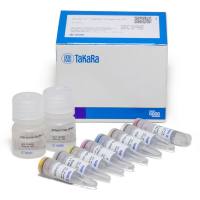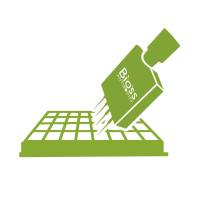Screening for Antidiabetic Activities
互联网
214
Screening extracts and drug entities for antidiabetic bioactivity is essentially limited to animal models as the processes leading to hyperglycemia and the complications of diabetes involve more than one organ. Further, in vitro results seldom translate into meaningful in vivo outcomes especially in a disease such as Diabetes Mellitus. In vivo studies on specialized animal models have allowed great progress in tailoring research questions towards individualized genetic and biochemical contributors and their effect on the pathogenesis of the disease processes. Various disease models have been used either through genetic-manipulation (transgenic models) or through chemical induction (disease-induced models). Although there is a surplus of animal models (spontaneous and induced) to study Type I and Type II diabetes, there is no ideal or standard model for studying the individualized effects of various classes of antidiabetic drugs. Rodents, most commonly rats and mice, have been used by researchers as animal models of the disease and both normoglycemic and diabetic animals are used to assess the antidiabetic activities of drugs or extracts under investigation. Screening for antidiabetic activities can be achieved by measuring a wide range of biomarkers and end points including blood glucose and insulin levels.




![PD-1[Biotinylated]: PD-L1 Inhibitor Screening Assay Kit](https://img1.dxycdn.com/2023/1007/989/6330139194499940171-14.jpg!wh200)


